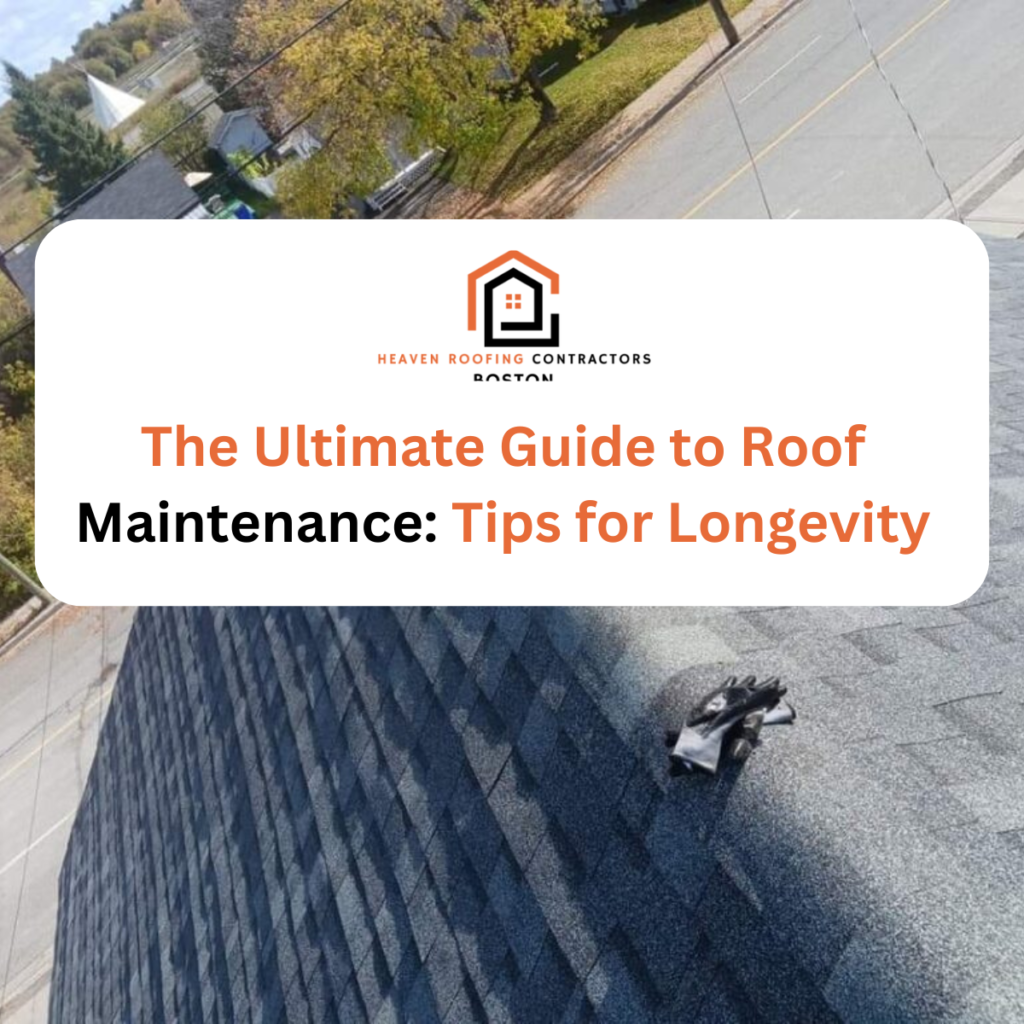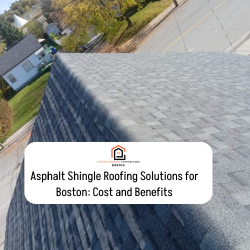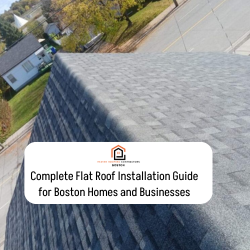A well-maintained roof is one of the most important components of your home. It protects your family, belongings, and the structural integrity of your house. However, maintaining your roof requires regular attention and care. This ultimate guide to roof maintenance offers valuable tips to extend the lifespan of your roof and keep it in top condition. We will cover essential roof maintenance tips, including how to choose a roofing contractor, to ensure that your roof remains strong and durable for years to come.
Why Roof Maintenance is Essential
The Importance of Regular Roof Maintenance
Roof maintenance is essential for preserving the life of your roof and avoiding costly repairs. A proper maintenance routine can help prevent roof damage, extend the lifespan of your roof, and maintain its aesthetic appeal. Neglecting roof care can lead to water damage, deteriorated roofing materials, and even roof replacement. Regular inspections and timely repairs are key to keeping your roof in good condition.
The Lifespan of Your Roof
The lifespan of your roof depends on various factors, including the type of roofing material, climate, and how well it is maintained. On average, asphalt shingles last 20 to 30 years, while metal roofs can last 40 to 70 years. Proper roof maintenance can help you maximize the life of your roof and avoid premature replacement.
Essential Roof Maintenance Tips
1. Regular Roof Inspections
Regular inspections are crucial to catching potential issues before they become major problems. Inspect your roof at least twice a year—once in the spring and once in the fall—to check for damage to shingles, flashing, and other components. Look for signs of wear and tear, such as cracked or missing shingles, rusted flashing, and sagging areas.
What to Look for During a Roof Inspection
- Damaged Shingles: Check for cracked, curled, or missing shingles, which can lead to water infiltration.
- Flashing Issues: Inspect the flashing around vents, chimneys, and skylights for rust, cracks, or gaps.
- Gutter Health: Ensure that your gutters are not clogged and are properly attached to prevent water damage.
- Moss and Algae Growth: Look for moss and algae accumulation, which can damage roofing materials over time.
2. Clean Your Gutters and Roof
Clogged gutters can lead to water damage and ice dams, which can compromise the integrity of your roof. Clean your gutters regularly to ensure proper drainage and prevent water from accumulating on your roof. Additionally, remove debris from your roof, such as leaves, branches, and dirt, to prevent moisture buildup and damage to roofing materials.
How to Properly Clean Your Gutters
- Use a ladder to access your gutters and remove leaves, twigs, and other debris.
- Flush the gutters with a hose to ensure proper drainage.
- Check for signs of damage, such as cracks or leaks, and repair them promptly.
3. Trim Overhanging Branches
Tree branches that hang over your roof can cause damage by scraping against shingles, dropping debris, and providing a pathway for pests. Trim overhanging branches regularly to protect your roof from damage and extend its lifespan.
4. Address Roof Leaks Promptly
A roof leak can lead to water damage, mold growth, and structural issues if not addressed quickly. If you notice a leak, call a roofing professional to inspect and repair the damage. Regular roof inspections can help you identify leaks early and prevent costly repairs.
Common Causes of Roof Leaks
- Damaged Shingles: Missing or cracked shingles can allow water to penetrate your roof.
- Flashing Failures: Cracked or improperly installed flashing can lead to water infiltration.
- Clogged Gutters: When gutters are clogged, water can back up and seep under the roof.
5. Prevent Ice Dams
Ice dams occur when snow on the roof melts and refreezes at the eaves, creating a barrier that prevents proper drainage. This can lead to water infiltration and damage to roofing materials. To prevent ice dams, ensure that your attic is well-insulated and ventilated, and keep your gutters clean.
Tips for Preventing Ice Dams
- Improve attic insulation to keep the roof at a consistent temperature.
- Ensure proper ventilation to allow warm air to escape from the attic.
- Clear snow from the roof with a roof rake to prevent ice buildup.
6. Maintain Proper Ventilation
Proper ventilation is essential for preventing moisture buildup in your attic, which can lead to roof damage. Ensure that your roof vents are unobstructed and functioning correctly to maintain the structural integrity of your roof and extend its lifespan.
How to Check Roof Ventilation
- Inspect roof vents for blockages, such as debris or nests.
- Ensure that attic vents are properly installed and functioning.
- Consider adding additional vents if your attic feels stuffy or overly warm.
7. Choose a Trusted Roofing Contractor
When it comes to major roof repairs or replacement, choosing a roofing contractor is crucial. A qualified roofing contractor can provide professional maintenance, ensure proper roof installation, and help you protect your roof.
Tips for Choosing a Roofing Contractor
- Check Credentials: Ensure that the contractor is licensed, insured, and has a good reputation.
- Get Multiple Quotes: Compare quotes from several contractors to find the best value.
- Read Reviews: Look for online reviews and ask for references to gauge the contractor’s quality of work.
Final Thoughts on Roof Maintenance
Taking care of your roof is essential for maintaining the structural integrity and longevity of your home. By following the essential roof maintenance tips outlined in this ultimate guide, you can protect your roof from damage, extend its lifespan, and avoid costly repairs. Regular roof inspections, cleaning your gutters, and choosing a qualified roofing contractor are all critical steps in ensuring that your roof remains in top condition. Remember, a well-maintained roof not only enhances the aesthetic appeal of your home but also provides long-lasting protection for your family and belongings.



